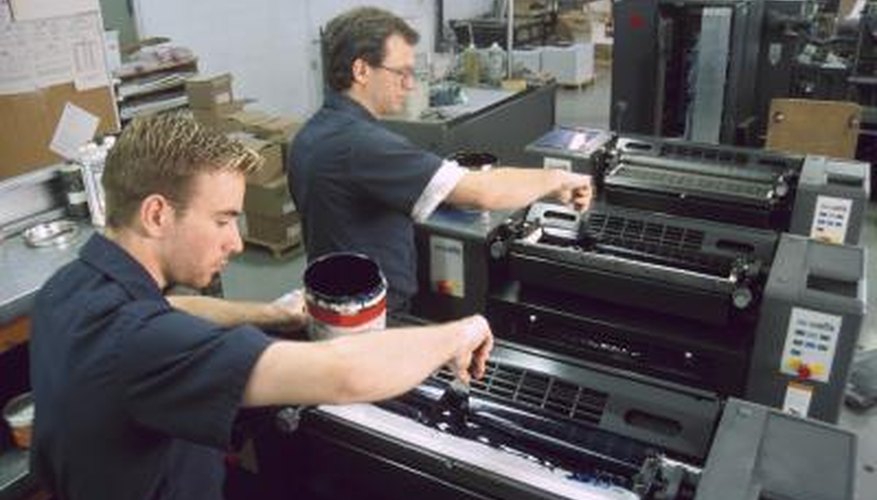The printing press was introduced in Germany by Johannes Gutenberg in 1440. Following the advent of the printing press in western Europe, the Reformation and the Renaissance ushered in a new age of thought, philosophy and learning. As books became more available, literacy rates increased and many western Europeans were able to receive higher levels of education, thereby breaking cycles of poverty and raising the economic conditions of several communities across the continent.
Protestant Reformation
The Protestant Reformation may be considered as one of the most influential events of Western history and was ushered in when Martin Luther nailed his writ of 95 Theses against the Catholic Church to the church door in Wittenburg, Germany. It was the printing press that was used to make a prolific amount of copies of the 95 Theses, which were then circulated throughout the Holy Roman Empire. Until then, there had been numerous attempts at reforming the Catholic Church, but the limited amount of communication across national borders beyond word of mouth prevented popular uprisings.
Peasant's Revolt
As a result of the beginning of the Reformation, the Peasant's Revolt attempted, in part, to start a popular uprising against the authority structure of princes that allied with the Catholic Church, demanding an ending to serfdom, the seizure of common lands and a limitation on the tithes and rents paid to the church and the nobles. Unfortunately, the Peasant's Revolt was squashed by Holy Roman authorities, resulting in the death of nearly 100,000 peasants.
Books
Because of the success of the printing press and related technologies, the sheer number of printed books in western Europe proliferated. Between the first printing press in 1440 and the turn of the century, the ability to print copies of books and texts had been established in more than 2,500 cities across the continent. As a result, more than 15 million books representing more than 30,000 titles were press printed by 1499. Universities and centres of learning began to develop at a rapid pace, also matching the spread of literacy throughout the continent.
- Because of the success of the printing press and related technologies, the sheer number of printed books in western Europe proliferated.
Paper Making
During the time of the printing press, manuscripts were printed on vellum, which was expensive and in short supply. However, as papermaking techniques were discovered and introduced across Europe, printing presses were better able to keep up with the demand for literature and reading material. Once papermaking and other advances were made in the forms of water-based ink production and individual typeface moulds, the printing press "set off a social revolution that is still in progress." (IdeaFinder)
- During the time of the printing press, manuscripts were printed on vellum, which was expensive and in short supply.
- Once papermaking and other advances were made in the forms of water-based ink production and individual typeface moulds, the printing press "set off a social revolution that is still in progress."
- (
Disadvantages
Few, if any, scholars have viewed the printing press as disadvantageous over the course of world history because of its influence on education, communication and the spreading of ideas. Perhaps the only disadvantage of the printing press might be seen from the perspective of those who monopolised the power and authority structures of medieval Europe, as they struggled to suppress the Reformation and the Peasant's Revolt.
